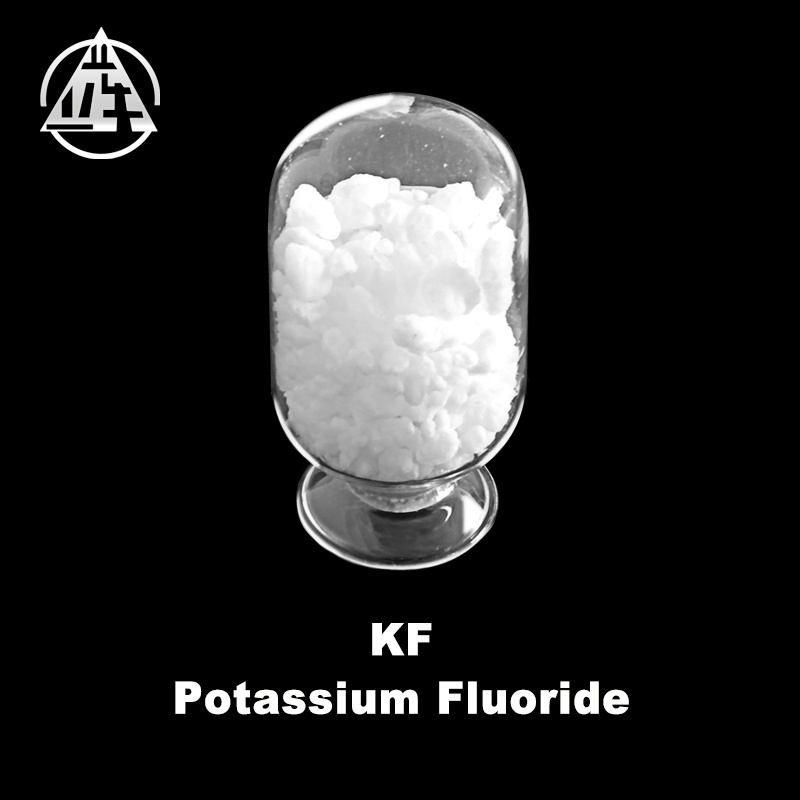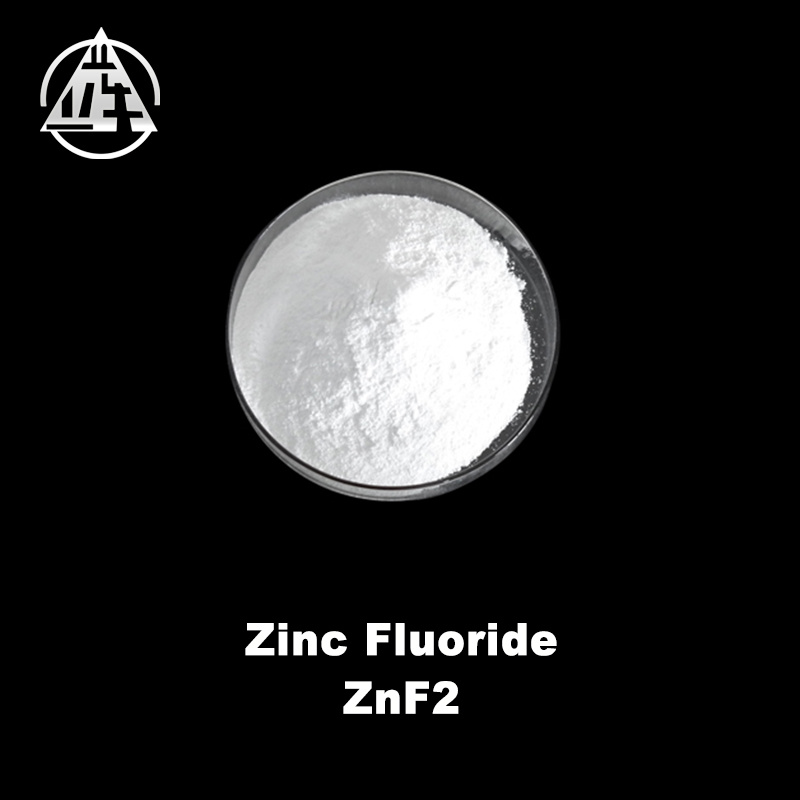Lutetium Fluoride (LuF3): A Versatile Inorganic Salt in the Chemical Industry
Release Time:
2023-08-02
Introduction: Lutetium fluoride (LuF3) holds immense potential as an inorganic salt in the chemical industry. This article delves into the research and applications of LuF3, highlighting its significance as an essential inorganic raw material in the field of chemical manufacturing, specifically for the production of various inorganic compounds. 1. Optical Materials: Lutetium fluoride (LuF3) demons
Introduction:
Lutetium fluoride (LuF3) holds immense potential as an inorganic salt in the chemical industry. This article delves into the research and applications of LuF3, highlighting its significance as an essential inorganic raw material in the field of chemical manufacturing, specifically for the production of various inorganic compounds.
1. Optical Materials:
Lutetium fluoride (LuF3) demonstrates excellent optical properties, making it a crucial component in the production of optical materials. Its high refractive index and low dispersion enable LuF3 to be used in the manufacturing of lenses, prisms, and other optical devices. The unique optical characteristics of LuF3 make it ideal for applications in lasers, fiber optics, and infrared optics.
2. Catalysts:
LuF3 finds relevance as a catalyst in several chemical reactions. Its ability to facilitate chemical transformations, such as hydrogenation, oxidation, and isomerization, makes it an indispensable component for many industrial processes. The catalytic properties of LuF3 have been extensively researched and employed in the production of fine chemicals, pharmaceutical intermediates, and petroleum refining.
3. Luminescent Materials:
Lutetium fluoride (LuF3) possesses excellent luminescent properties, rendering it valuable for various applications. Its ability to emit intense light under certain conditions makes it a sought-after material for the development of luminescent displays, lighting devices, and phosphors. LuF3-based luminescent materials are extensively utilized in the field of optoelectronics, contributing to advancements in display technologies and energy-efficient lighting solutions.
4. Scintillation Detectors:
LuF3 crystals exhibit exceptional scintillation properties, making them highly suitable for radiation detection and measurement. These crystals can convert incident radiation into detectable light signals, aiding in the accurate measurement of ionizing radiation. Given their high density and efficient light output, LuF3 scintillation detectors find applications in medical imaging, nuclear power plants, and environmental monitoring.
5. Crystal Growth:
The growth of lutetium fluoride (LuF3) crystals has been a subject of research due to their unique properties. Understanding the crystal growth mechanism and optimizing the process can lead to the production of large, high-quality crystals. These crystals find applications in various scientific experiments, optical devices, and solid-state lasers, contributing to advancements in research and technology.
Conclusion:
Lutetium fluoride (LuF3) serves as a versatile inorganic salt in the chemical industry, finding applications in optical materials, catalysts, luminescent materials, scintillation detectors, and crystal growth. Its exceptional properties make it a valuable component in the production of a wide range of inorganic compounds. The ongoing research and advancements in the utilization of LuF3 continue to expand its applications, contributing to the progress of the chemical industry and related fields.
Lutetium fluoride (LuF3) holds immense potential as an inorganic salt in the chemical industry. This article delves into the research and applications of LuF3, highlighting its significance as an essential inorganic raw material in the field of chemical manufacturing, specifically for the production of various inorganic compounds.
1. Optical Materials:
Lutetium fluoride (LuF3) demonstrates excellent optical properties, making it a crucial component in the production of optical materials. Its high refractive index and low dispersion enable LuF3 to be used in the manufacturing of lenses, prisms, and other optical devices. The unique optical characteristics of LuF3 make it ideal for applications in lasers, fiber optics, and infrared optics.
2. Catalysts:
LuF3 finds relevance as a catalyst in several chemical reactions. Its ability to facilitate chemical transformations, such as hydrogenation, oxidation, and isomerization, makes it an indispensable component for many industrial processes. The catalytic properties of LuF3 have been extensively researched and employed in the production of fine chemicals, pharmaceutical intermediates, and petroleum refining.
3. Luminescent Materials:
Lutetium fluoride (LuF3) possesses excellent luminescent properties, rendering it valuable for various applications. Its ability to emit intense light under certain conditions makes it a sought-after material for the development of luminescent displays, lighting devices, and phosphors. LuF3-based luminescent materials are extensively utilized in the field of optoelectronics, contributing to advancements in display technologies and energy-efficient lighting solutions.
4. Scintillation Detectors:
LuF3 crystals exhibit exceptional scintillation properties, making them highly suitable for radiation detection and measurement. These crystals can convert incident radiation into detectable light signals, aiding in the accurate measurement of ionizing radiation. Given their high density and efficient light output, LuF3 scintillation detectors find applications in medical imaging, nuclear power plants, and environmental monitoring.
5. Crystal Growth:
The growth of lutetium fluoride (LuF3) crystals has been a subject of research due to their unique properties. Understanding the crystal growth mechanism and optimizing the process can lead to the production of large, high-quality crystals. These crystals find applications in various scientific experiments, optical devices, and solid-state lasers, contributing to advancements in research and technology.
Conclusion:
Lutetium fluoride (LuF3) serves as a versatile inorganic salt in the chemical industry, finding applications in optical materials, catalysts, luminescent materials, scintillation detectors, and crystal growth. Its exceptional properties make it a valuable component in the production of a wide range of inorganic compounds. The ongoing research and advancements in the utilization of LuF3 continue to expand its applications, contributing to the progress of the chemical industry and related fields.



